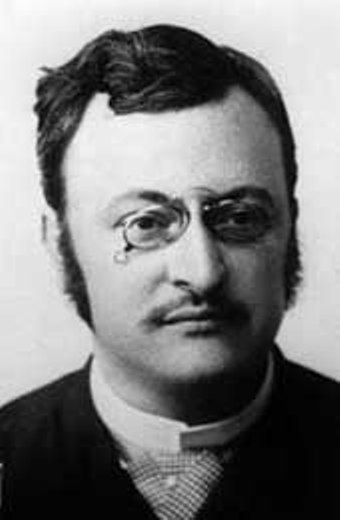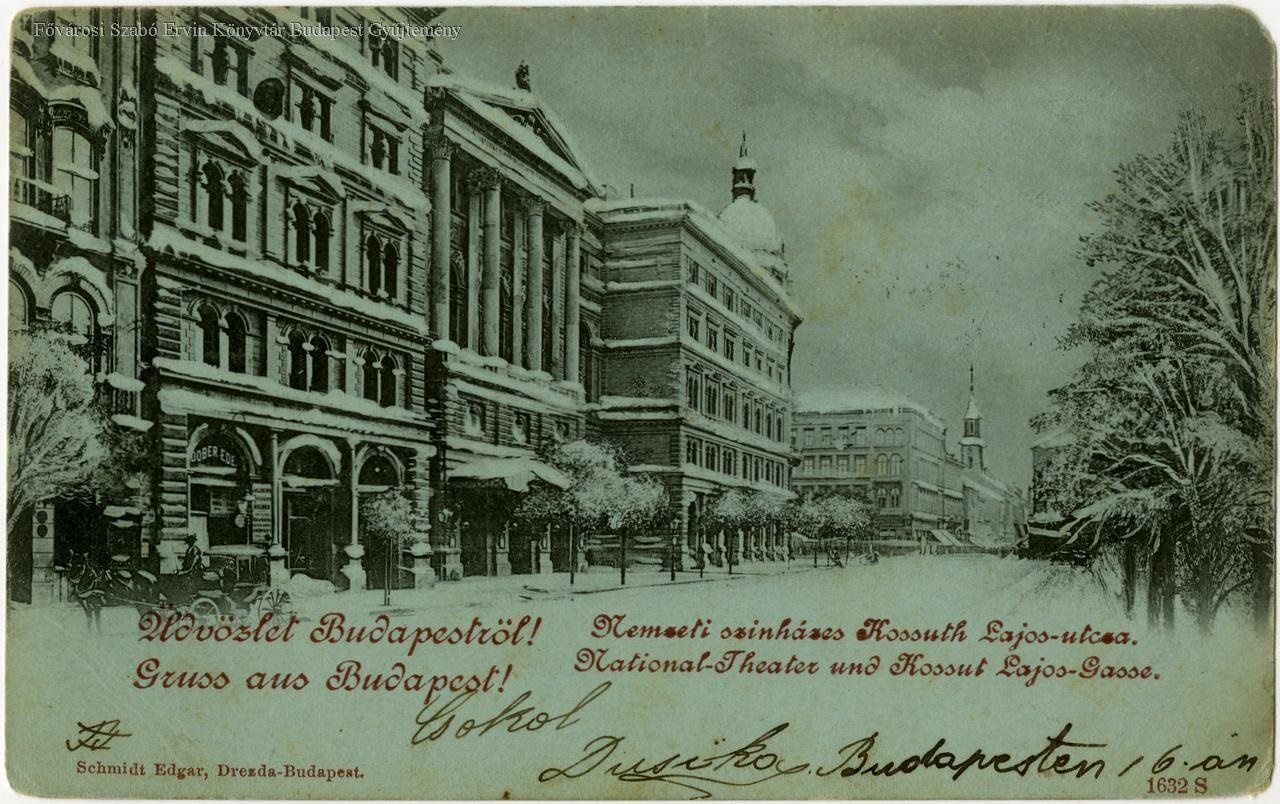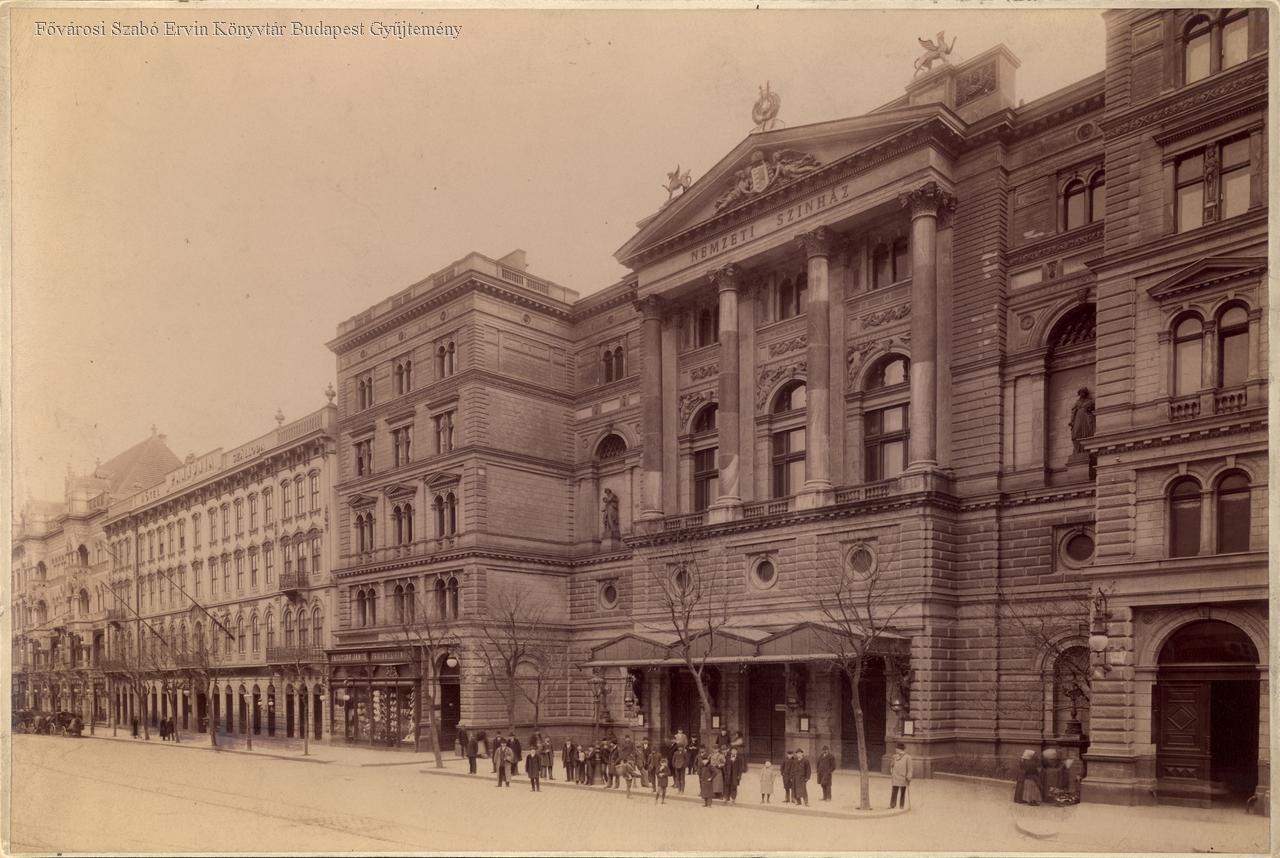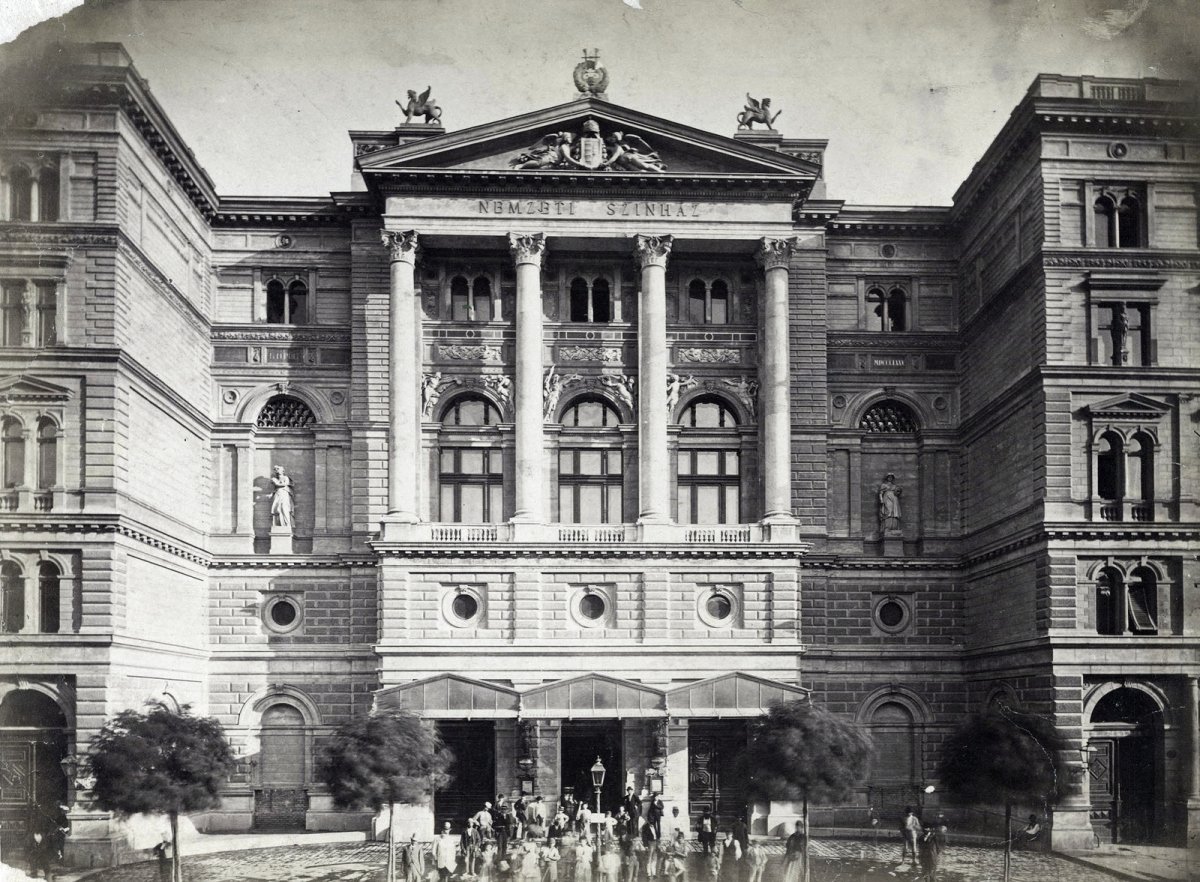Today, Kacsa Street in Buda is a peaceful little street in the 2nd District. In the 19th century, perhaps not an exaggeration, it was a decisive place in the world's electrotechnical industry, where inventions such as the transformer were born. At the Ganz és Társa machine factory, the general manager, András Mechwart, organised the electrical department in 1878, and he asked a young man who had just graduated from the Technical University, namely Károly Zipernowsky, to lead it.

Károly Zipernowsky (Photo: Wikipedia)
The electrical department - which later developed into the Ganz Electricity Works - showed results almost immediately, for example, as early as 1879, electric lighting could be installed in Szeged during the flood rescue. Together with Miksa Déri, Zipernowsky developed an alternator in 1882 with which it became possible to provide electric lighting of the National Theatre consisting of 1,000 light bulbs.
Lighting in theatres has always been important, as it was not really possible to see what was happening on stage in the dim light of the candles. The old building of the National Theatre therefore had gas lighting since 1838, which gave a stronger light than the candles, albeit with some compromise, as the area was said to have a strong odour due to the gas lighting.

The lighting of the theatre was provided with gas from 1838, that was replaced by electricity (Photo: FSZEK Budapest Collection)
In 1882, a total of 1,000 light bulbs were installed in the theatre, whose light equalled that of 20 candles each. The light bulbs first lit up in the theatre on 9 June 1882, making the National the third theatre in the world to have electric lighting (the first was the Savoy Theatre in London).
The lighting of the National Theatre was described in the Vasárnapi Ujság in 1887 as follows:
“The lighting of all the rooms of the National Theatre and the Szikszai Restaurant is provided by four steam boilers with smoke digester from the Ganz factory which also provides steam heating and receives its water from the water supply. These are located in the basement of the National Theatre's residential house towards the Múzeum Boulevard. Two machines, each for 125 horsepower, operate alternately, so that one is always in reserve; and a third smaller one, 35 horsepower, is for the lighting during the rehearsals. The total number of lamps is between 1200 and 1250, of which two arc lamps illuminate the facade of the theatre and the other incandescent lamps are distributed in the stage, auditorium and other restrooms."
One of the biggest difficulties for Ganz professionals was locating the necessary machinery, and eventually the equipment was installed underground on the site behind the theatre. Two steam engines were set up, each capable of supplying the generators, and for the same reason a total of five generators were installed, the fifth of which served as a backup, so if one failed, the theatre was not left without power either.
A total of four separate circuits were built, with separate circuits taking care of the stage, the auditorium, the entrances and exits, and the cloakrooms. On the stage, the brightness could be adjusted in 21 levels, while in the auditorium, 9 brightness levels could be selected.
In the National Theatre, the lights first shone on 9 June 1882, but at that time on an experimental basis, because there were many rehearsals left to improve the settings. The theatrical performances were not disturbed by this, as the season ended on 1 June. The regular operation was handed over to regular use on 12 August 1882.

The theatre only remained in this place until 1908, when it was closed for technical reasons (Photo: FSZEK Budapest Collection)
It was not self-evident that the theatre chose the Ganz system, as a strong rival, Edison, was present in Budapest. After all, Edison's confidant and representative Tivadar Puskás, was working on the construction of the telephone network in Budapest at that time. Edison's company had been promoting DC lighting even then, while the system built by Ganz used alternating current (this is still the system we use today), powered by a generator patented by Zipernowsky and Déri.
The 13 August 1882 issue of the Hon newspaper published a comparison of the two systems, and the seemingly biased article considered the Edison system better. (The great “current war” between direct current and alternating current had not actually broken out at that time, since one of the main characters of the “war” (Nikola Tesla) was the later great opponent of the proponent (Edison) of direct current. Tesla, supported alternating current systems, started around this time from Budapest to take up a position in the USA, right at Edison.)
Cover photo: The building of the National Theatre on Rákóczi Road (Photo: Fortepan/Budapest Archives, Reference No.: HU.BFL.XV.19.d.1.05.083)




































Hozzászólások
Log in or register to comment!
Login Registration